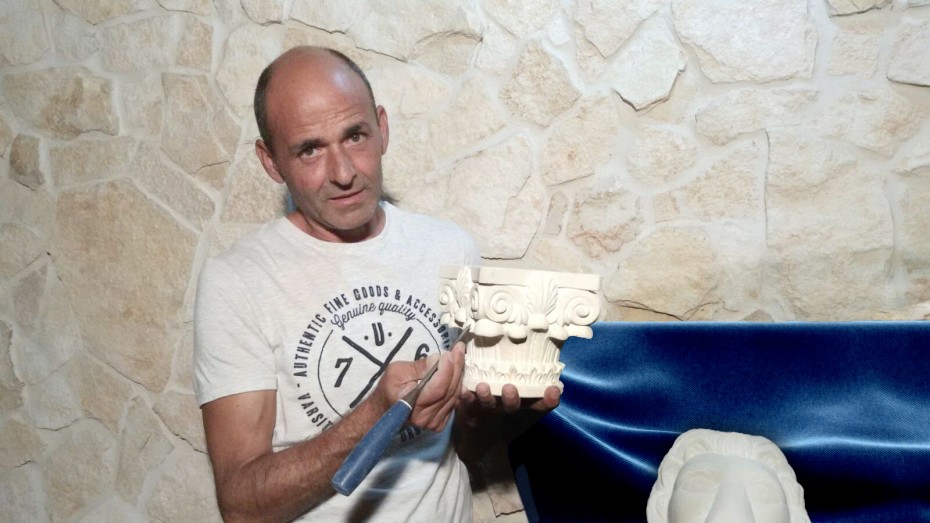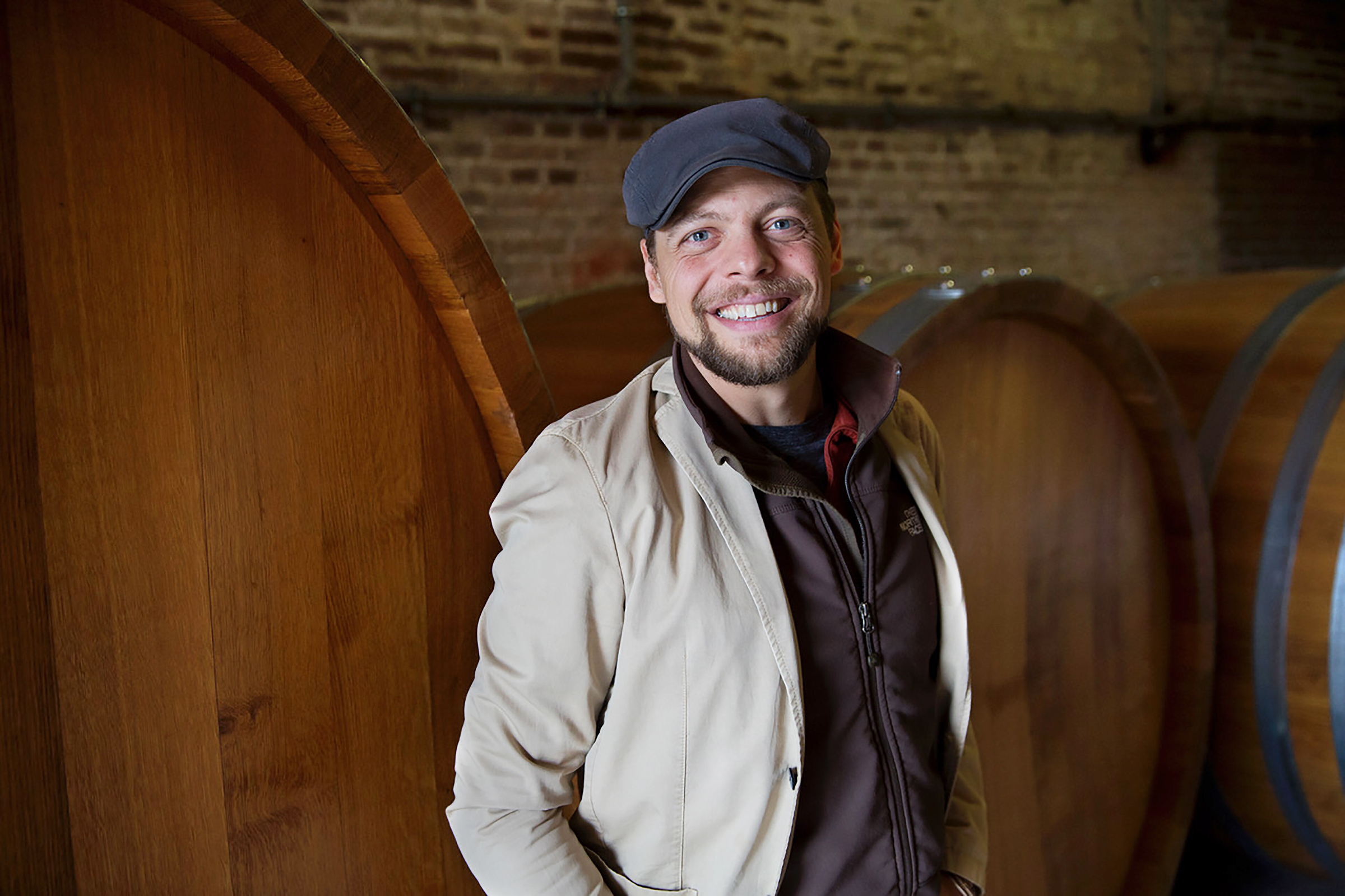Renzo Piano called it the “stone with a light inside”. These poetic words used by the Italian architect to refer to the pietra leccese have become a way to describe the uniqueness of the stone which can be found around the Salento area, in the Apulia region. This ancient stone has origins dating back between 23-17 million years: the calcareous rock belongs to the Miocenic limestone family and it consists of a granular mixture including microfossils, fragments of fossils, and pellets. Few people know that the Apulia region is the second place, after Tuscany, for the production of stones, whose requests for architectural purposes both in Italy and around the world have been increasing in the last few years. In the United States, some companies are now supplying the pietra leccese especially to build columns, fireplaces, and floors and decorate houses.
We have met one of the last ten artisans living in the area who have first learned and are now keeping the tradition of crafting the stone: Giampiero Urso, now 55, lives in a small town called Scorrano and he is considered the “maestro dello scalpellino” for being able to use only traditional tools for his artworks.
Tell us how everything started for you…
I belong to a family of builders who have been in the business for four generations. When I was 8, during the summer season, my dad started to take me to the construction site and I ended up spending all day close to other workers. After a long time, at the age of 18, I began with my own activity. My first sculpture was the bust of a live person for a church backyard. After that, everybody started recognizing me as “the maestro” and more and more people asked me sculptures to decorate their houses.
How did the tradition in your family change?
We used to build houses using the pietra leccese, also adding some sculptures and special objects to show symbols of the family or the county. Over time, I started to do something different because I like the art of sculpturing. I consider myself a naive sculptor: in my family, we are five brothers, but only two of us work with the leccese stone.
Which is the most important feature of this stone?
This stone is characterized by a white color and high mouldability, made of a homogeneous composition, with calcium carbonate as main element. The stone is pulled out as it emerges naturally from the ground, and can be extracted from 50 metres underneath.
How do you work this stone?
This is not a marmoreal stone and it is easy to work with it . There are two kinds of stones, the one considered “soft” for objects and sculptures, whereas the other one is mainly used to build houses.
Where do you find these caves?
There are two only sites in the area, one in Cursi and in Melpignano. At the beginning, this stone was considered a “poor” stone, only during the Baroque Age it reached its greatest artistic interest. Nowadays, over the last ten years, it is exported to Egypt, Emirates, United States, Switzerland, England.
Which is the difference between the past and the present?
In the past, the leccese stone was used by local people for buildings and for churches and monasteries. Now, these artifacts have become unique objects that people order upon request and buy for hundreds euros. Another difference is that in the past, there was no part of this stone left unused, so all the pieces were used to make different objects. Today the stone is abstracted just for the purpose of the order.
Which kind of sculpture do people love the most?
At the beginning, people used to order objects which represented mainly mythological figures. Also, the so-called “chiave” (key) was used as the main part of the building construction, but local families wanted to keep it unique and decorate it according to the history of their ancestors.
How do you see the future of this stone production?
I believe it is important that we are trying to keep the local traditions alive since less people are interested on doing this kind of jobs. That’s also why some local schools are making an effort to include some workshops of how to craft the pietra leccese and keep the skills alive especially among young people and the future generations.






























